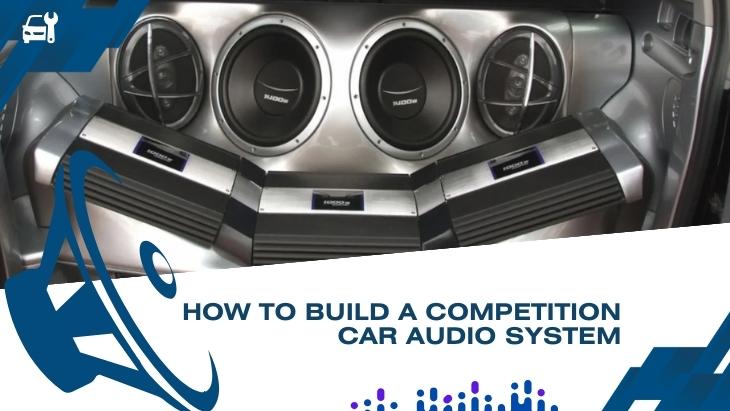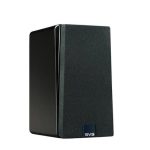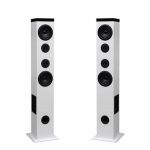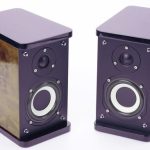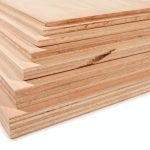Want your car’s audio system to seriously compete? It takes time and planning to build one up to the competition level. This guide walks through the process from start to finish – choosing the right gear, professionally installing components, extensive tuning to make it sound incredible, and tips for impressing judges. Follow these key steps on how to build a competition car audio system and you’ll be on your way to dominating car audio contests.
Considerations to Make When Building a Competition Car Audio System
1. Set Clear Objectives
First, be clear on your goals – are you competing in sound quality contests focused on imaging and clarity? Or sound pressure level (SPL) competitions measuring volume? Defining your objectives upfront is crucial, as every choice in building your competition system stems from this. Whether optimizing fidelity or sheer output, your guiding goals will shape the entire process.
2. Choose the Right Car Audio Components
With your competition category chosen, now select the optimal gear. Go for premium components engineered for accuracy – it’s key to maxing scores. Focus on elite-level speakers, amps, digital signal processors (DSPs), and head units for sound quality builds. SPL rigs need brute power including powerful subs, high-output amps, and extra batteries. Regardless of aiming for pristine fidelity or earth-shaking output, use top-shelf parts purpose-built for competitions. It’s demanding work, but quality components designed for the win give you your best competitive edge.
3. Proper Installation
A clean, professional-grade install is just as important. Run the wiring neatly and safely to prevent noise. Use sound damping for rattle-free audio. Aim speakers strategically, and time-align with delay or DSP processing. Details matter when optimizing sound. If new to competitions, have a seasoned pro handle it. Their expertise fully dials in the system for the best performance. A meticulous install transforms gear into a scoring machine.
4. Tuning
With the equipment installed, meticulous tuning is crucial. Dial in settings to perfectly match your sound goals. Sound quality builds need careful EQ, crossover, and time adjustment. Tweak until the system is ideally balanced. Use your favorite test tracks to fine-tune. SPL rigs require configuring gains and limiters to hit specific loudness targets cleanly. Whether achieving pristine fidelity or skull-rattling output, fine-tuning unlocks the system’s true potential.
5. Master Presentation
To compete at the top level, you need to have the best presentation. Know the formats. Plan demo tracks, lighting, and graphics for flair. Stage presence and interaction with judges will complete the experience smoothly. Extensively practice your demo routine until it feels second nature. Bringing technical mastery together with showmanship and polish is key to impressing the judges. It takes more than just killer audio – bringing it all together commands respect and scores.
How to Build a Competition Car Audio System
1. Speakers
Choosing the right speakers is critical for awesome sound quality. A 3-way active front stage works great – separate tweeters, midrange drivers, and subwoofers, each with their amp channel. Seek out low-distortion drivers with wide dispersion and frequency response. Metal speaker cones like aluminum tend to perform well. Check specification sheets for optimal sensitivity and crossover points. It’s all about finding speakers built for accuracy and balance across the spectrum.
2. Amplifiers and DSP
Use dedicated 2, 4, or 6-channel amps to power your speakers, matched to your configuration. Look for robust power supplies and clean output of 75-150 watts per channel. Add a DSP for active crossovers, time alignment, and EQ per driver to optimize sound. Quality amps and DSPs custom-tailored to run an active system are your best bet for great power and control.
3. Subwoofers and Bass Amplification
Though mids and highs handle the detail, powerful lows add a thrilling feel. One or two audiophile-grade subwoofers in a dialed-in enclosure make all the difference. Look for low-distortion 10-15″ models from reputable sound-quality brands. Give them a mono amp pushing 1000+ clean watts for impactful, accurate bass.
4. Sound Damping
A quiet cabin allows the sound to shine. Use top-notch damping materials in the doors, floor, and trunk to block noise and rattles that color the audio. Closed-cell foam placed strategically also absorbs problematic reflections. Although it takes extra effort to apply sound damping, noise control pays off in cleaner, clearer sound.
5. Wiring and Installation
Now wire everything cleanly with quality power, speaker, and signal cables. Run power separate from signals to prevent noise. Use grommets when passing through metal and solder connections for protection. While installing, soundproof doors and surfaces thoroughly. Carefully aim the speakers toward the listening positions and get creative with tweeter placement. Neat, protected wiring and strategic installation optimize performance.
Final Thoughts
Constructing a car audio system capable of serious competition success requires careful planning, optimal high-end components, professional installation, meticulous tuning, and a compelling presentation. Define your goals, select elite-tier drivers, amplifiers, DSPs, and wiring, implement extensive soundproofing, spend time perfectly dialing in the tune, and practice your demo routine.
With research, patience, and determination to excel, you can gradually build out a competition-dominating sound quality or sound pressure level car audio system that delivers titillating sound. Use this guide to take your installation from ordinary to extraordinary.
Michael Evanchuk is a San Francisco-based sound engineer with 20 years’ experience installing, troubleshooting, and repairing commercial, automotive, and household sound equipment. Evanchuk owns an auto stereo center, where he offers highly competitive car audio installation and repair services. He has written dozens of articles on different sound engineering topics, all of which have been published in leading journals, blogs, and websites.

